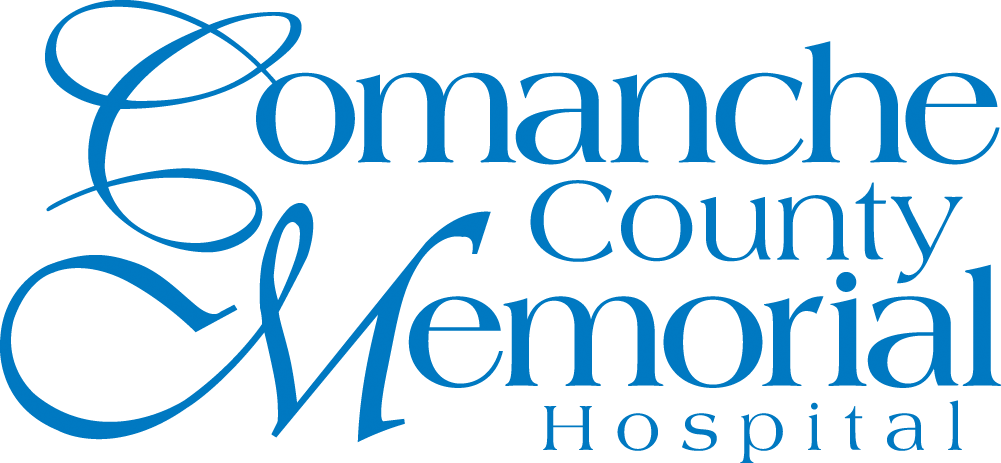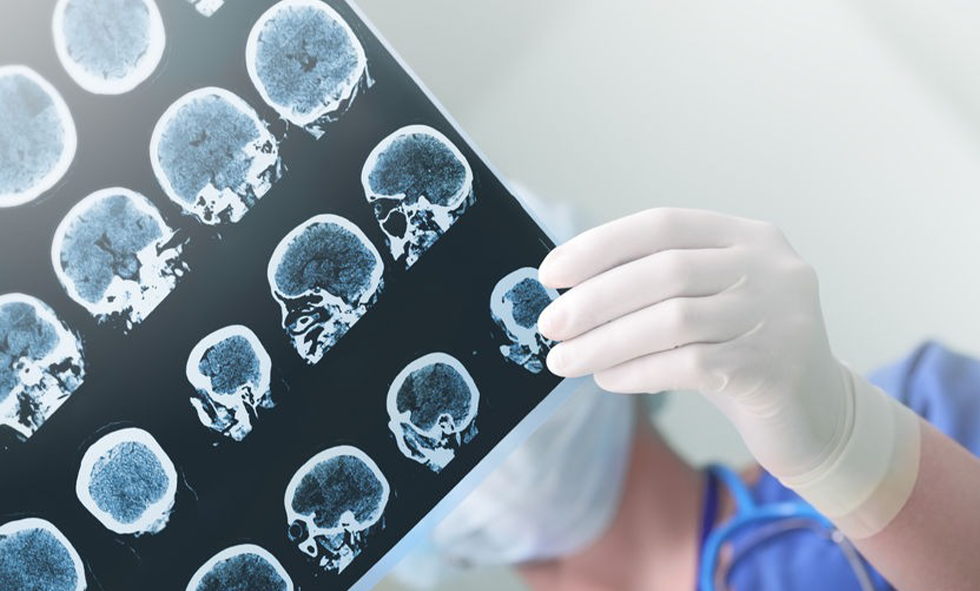May is Stroke Awareness Month! Stroke is often thought of as a disease that affects only the elderly. Three-quarters of all strokes occur in people over the age of 65, however; strokes can affect anyone of any age.
What causes a stroke?
A stroke occurs when the flow of oxygen-rich blood to part of the brain is blocked. Without oxygen, brain cells will begin to die in minutes. Sudden brain bleeding can also cause a stroke if brain cells receive damage.
What are the symptoms of a stroke?
Examples of stroke symptoms include
- paralysis or numbness of the legs, arms or face
- difficulty speaking or understanding speech
- difficulty seeing
- sudden weakness
How can stroke be prevented?
Certain risk factors are unavoidable such as age and having a close relative who has had a stroke. However, here are 7 healthy habits you can adopt to prevent this deadly disease today.
Lose weight
If you are overweight, losing weight is the most important place to start in reducing your risk of stroke. Make activity a regular part of your life and keep it fun. Finding an activity you really enjoy like participating in 5Ks or golfing will remove some of the pressure of having a weight loss plan.
Tracking your calories can help you determine where you’re consuming too much. Many apps will help you get an idea of what you should eat and track.
Work with your doctor to create a weight loss plan that meets your nutritional needs. A healthy, sustainable weight loss is typically 1-2 pounds per week, but may be more or less depending on your body’s needs and your doctor’s recommendations.
Lower blood pressure
High blood pressure is a very dangerous risk factor for stroke. It can double or even quadruple your risk level! Adopting to following strategies into your lifestyle can greatly improve blood pressure:
- If you smoke, quit.
- Reduce salt in your diet to 1,500 milligrams a day or less (around a half teaspoon).
- Eat 4 to 5 cups of fruits and vegetables every day, one to three servings of fish each week, and several servings of whole grains and low-fat dairy each day.
- Avoid high-cholesterol foods like cheese, ice cream and burgers
- Exercise at least 30 minutes a day.
Become more active
Exercise is a contributor to other ways of reducing your risk, but exercise alone is also a stroke risk reducer. Make it a goal to exercise at a moderate intensity five days per week.
Ways to exercise more:
- Walk whenever possible including to work or by parking farther away from entrances.
- Find accountability with friends.
- Take the stairs instead of an elevator.
Even if you don’t have 30 consecutive minutes to exercise, that’s ok! 10- to 15-minute sessions a few times each day are just as effective.
Manage diabetes
Having high blood sugar damages blood vessels and makes clots more likely to occur. If you have diabetes, keep your doctor’s appointments and follow his recommendations. Monitor your sugar regularly and use exercise, diet, and medication (if prescribed) to keep your sugar at the recommended range.
Treat atrial fibrillation (afib)
Atrial fibrillation is a form of irregular heartbeat that can cause clots to form in the heart. Those clots then travel to the brain and produce a stroke.
Symptoms such as heart palpitations or shortness of breath may indicate afib. Your doctor may prescribe an anticoagulant drug (blood thinner) to reduce your stroke risk.
Drink alcohol in moderation (or not at all)
New research concluded that 1-2 drinks per day increased stroke risk by 10-15%. Four drinks per day increased the risk by 35%.
Commit to consuming no more than one glass of alcohol a day. Choose red wine first because it contains resveratrol, a substance that is thought to protect the brain and heart. Also, beware of your portion sizes. A standard-sized drink is a 12-ounce beer, 5-ounce glass of wine, or 1.5-ounce glass of hard liquor.
Stop Smoking
Smoking thickens blood and increases the amount of plaque buildup in the arteries. This can lead to clot formation.
Ask your doctor for advice on the best way for you to quit. Quit-smoking aids, such as nicotine patches or pills, counseling, or medication may be strategies he or she recommends. Don’t give up no matter what! Few are able to quit on their first attempt. Think of any period of time not smoking as part of your success no matter how long or short it may be.
A stroke is a serious medical condition and requires emergency care. If you think you or someone else is having a stroke, call 9–1–1 immediately. During a stroke, every second counts!
To learn about our quality stroke care at CCMH, visit our website at https://www.ccmhhealth.com/stroke-care.
Sources
1 National Heart, Lung and Blood Institute. Stroke. 2019.
2 The Lancet. Alcohol use and burden for 195 countries and territories, 1990–2016: a systematic analysis for the Global Burden of Disease Study 2016. 23 Aug. 2018.
Disclaimer
The Comanche County Memorial Hospital website does not provide specific medical advice for individual cases. Comanche County Memorial Hospital does not endorse any medical or professional services obtained through information provided on this site, articles on the site or any links on this site.
Use of the information obtained by the Comanche County Memorial Hospital website does not replace medical advice given by a qualified medical provider to meet the medical needs of our readers or others.
While content is frequently updated, medical information changes quickly. Information may be out of date, and/or contain inaccuracies or typographical errors. For questions or concerns, please contact us at contact@ccmhhealth.com.

